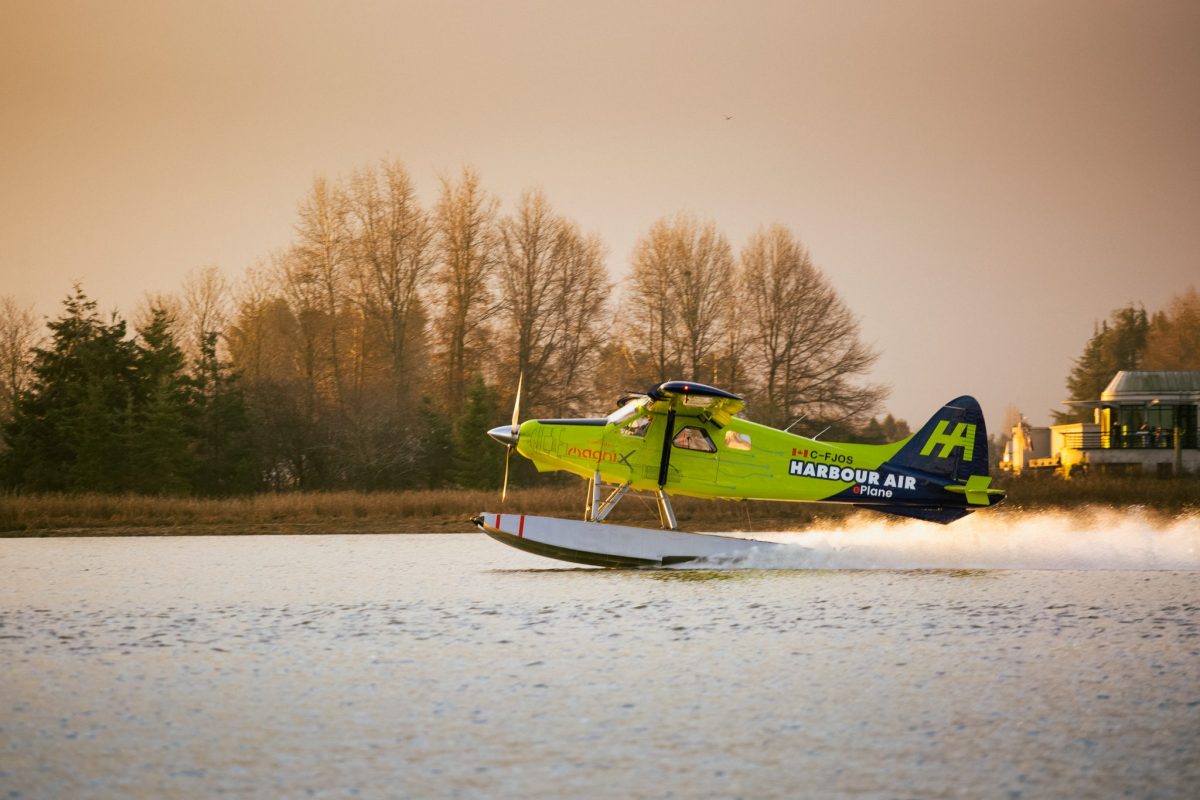
It’s an exciting time for the future of flight. New ideas, solutions, and technologies surrounding Advanced Air Mobility (AAM) and electric/hybrid flight are emerging every day in this fast-moving industry.
Take a look at some of the latest developments in the electric/hybrid aviation and AAM space:
As the birthplace of aviation, Ohio is a hotbed for aviation and aerospace research, collaboration, and innovation. It’s also home to leading aviation and aerospace manufacturing companies, like Hartzell Propeller. It only made sense to hold the first National Advanced Air Mobility Industry Forum in Springfield, Ohio. The event, held August 22-23, 2022, brings together manufacturers and suppliers from across the AAM space for networking, flight demonstrations, and static displays.
Hartzell Propeller’s Director of Business Development & New Technology, Mitch Heaton, will be on-site for any questions about Hartzell’s capabilities involving propeller systems for Advanced Air Mobility, eVTOL/eSTOLs, and electric/hybrid/hydrogen-powered aircraft.
The event will also celebrate the groundbreaking of the National Advanced Air Mobility Center of Excellence, a center for innovation and collaboration in the AAM community located at the Springfield-Beckley Municipal Airport.
On August 17, 2022, Canadian commuter airline Harbour Air reached another electric aviation milestone with the first ever “point to point” electric flight from Vancouver International Airport in Vancouver, Canada, to Victoria International Airport in Victoria, Canada.
The DHC-2 de Havilland Beaver “eBeaver” seaplane was modified to run on magniX’s electric propulsion system with a four-blade Hartzell composite propeller. As Harbour Air stated, “We decided on this particular propeller because it optimizes the balance between improved performance and reduced noise.”
The all-electric aircraft is an ideal match for Harbour Air’s typical mission — short-stage-length flights of between 20 minutes and a half-hour in duration. Once the conversion is certified, Harbour Air intends to eventually electrify its entire fleet, going from carbon-neutral to carbon-zero.
Eviation continues to make great strides with its all-electric Alice aircraft, which will be powered by magniX’s electric propulsion unit (EPU) and custom, five-blade Hartzell propellers. Since May, the startup aircraft manufacturer has completed extensive ground tests on the nine-passenger aircraft, and the initial test flight is on track to occur this summer at Grant County International Airport in Moses Lake, Washington.
DHL Express has already ordered 12 fully electric Alice eCargo planes from Eviation, and in April 2022, Eviation signed a deal with Cape Air for 75 Alice Commuter aircraft.
Just as helicopters have helipads, electric vertical take-off and landing (eVTOL) vehicles may eventually have designated “vertiports” located on top of buildings or other spaces.
NASA’s AAM mission is currently researching potential locations for vertiports or vertiplexes (multiple vertiports in proximity) for future air taxis used to transport people and cargo. The possibilities may include incorporating vertiports into current airports and helipads, creating new, purpose-built landing areas, or even repurposing existing buildings such as train or bus stations in sprawling urban areas. NASA’s vision for the coming years and decades is to map out a safe, accessible, and affordable new air transportation system alongside industry and community partners and the FAA.
If you’re working on an all-electric airplane, a hybrid-electric retrofit, or an eVTOL urban air mobility design, we’d love to hear about your project. Hartzell Propeller’s technology is behind some of the world’s most revolutionary aircraft designs, and we’ve already provided test hardware on several of the most innovative AAM projects currently in progress.
To learn more about Hartzell Propeller’s custom propulsion systems and solutions for Advanced Air Mobility, contact our Advanced Air Mobility Specialist, Mitch Heaton.